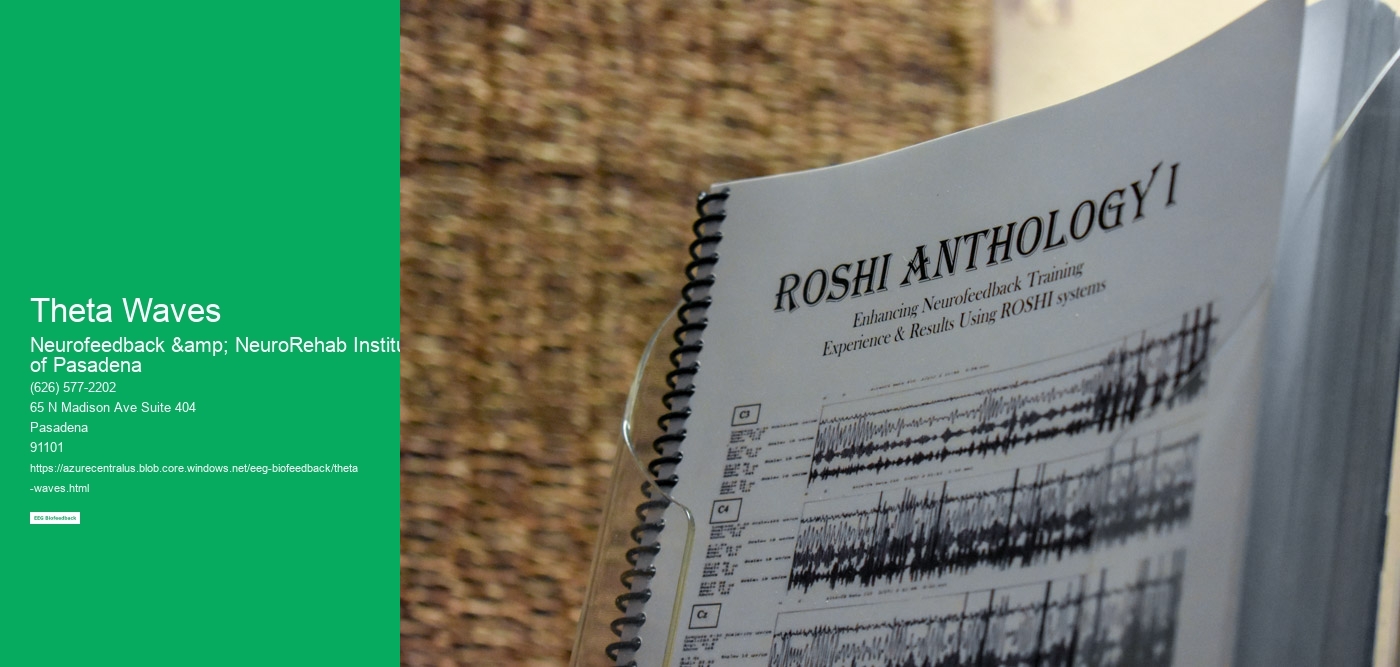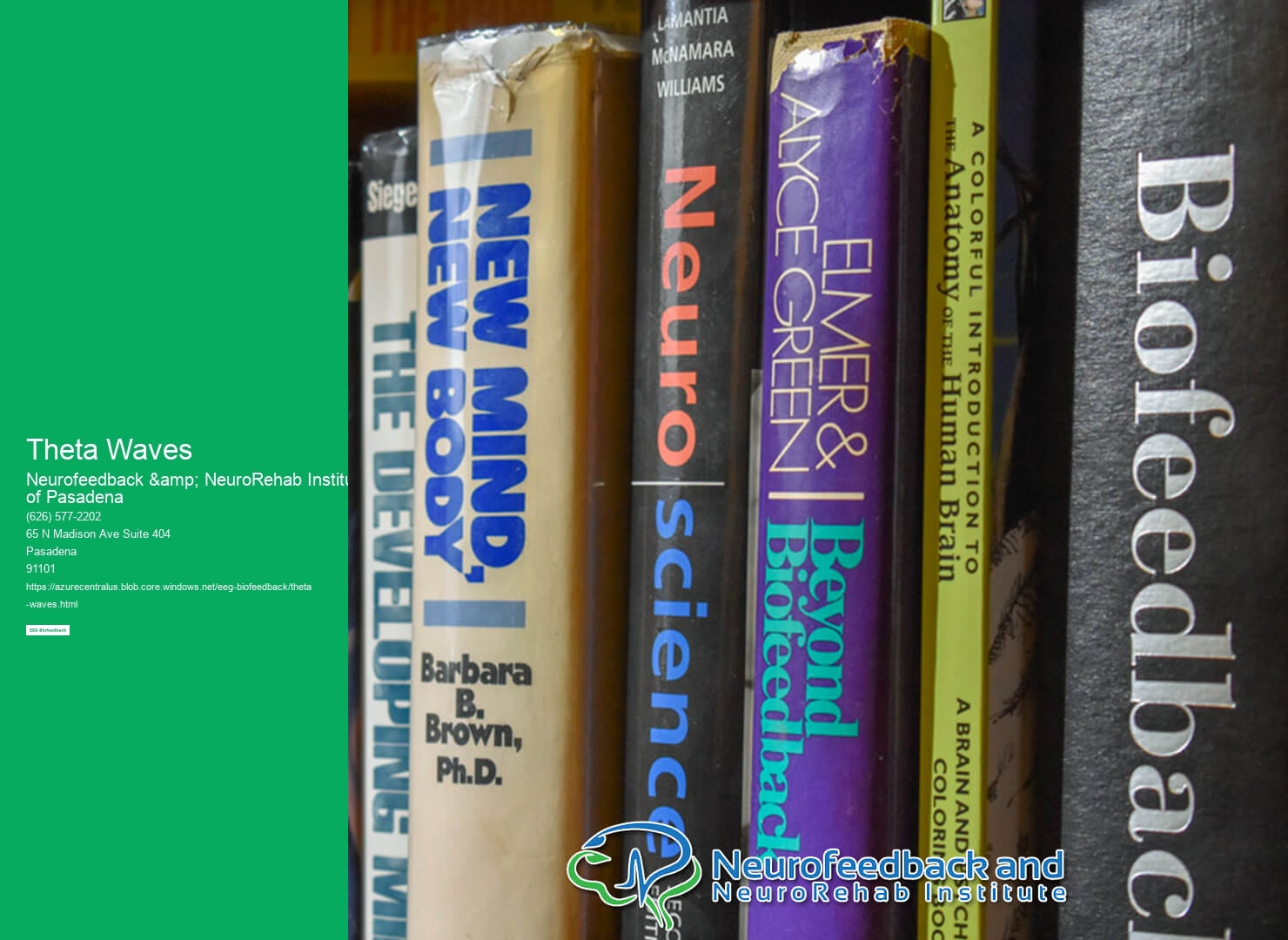

Theta waves are a type of brain wave that have a frequency of 4-8 Hz and are associated with a relaxed and dreamy state of mind. They are slower in frequency compared to other brain waves such as alpha, beta, and gamma waves. Theta waves are typically present during deep meditation, daydreaming, and light sleep. They are also associated with creativity, intuition, and accessing the subconscious mind. Unlike other brain waves, theta waves are most commonly observed during the transition between wakefulness and sleep.
Theta waves play a crucial role in our sleep patterns and dreams. During the early stages of sleep, theta waves become more prominent as we transition from wakefulness to a state of deep relaxation. As we enter the REM (rapid eye movement) stage of sleep, theta waves are also present and are associated with vivid dreaming. Research suggests that theta waves may facilitate the processing and consolidation of memories during sleep, as well as contribute to the overall quality of our sleep. Disruptions in theta wave activity during sleep can lead to sleep disorders and affect the content and recall of our dreams.
Theta waves have been linked to enhanced creativity and problem-solving abilities. When we are in a theta state, our minds are more open to new ideas and insights. Theta waves are associated with increased access to the subconscious mind, which can lead to innovative thinking and problem-solving. Some studies have shown that stimulating theta wave activity through techniques such as binaural beats or theta wave music can enhance creative thinking and improve cognitive performance. However, more research is needed to fully understand the relationship between theta waves and creativity.

There are several activities and practices that can help increase theta wave activity in the brain. Meditation, particularly practices that focus on relaxation and mindfulness, has been shown to increase theta wave activity. Deep breathing exercises, visualization techniques, and progressive muscle relaxation can also induce a theta state. Engaging in activities that promote relaxation and reduce stress, such as yoga or spending time in nature, can also increase theta wave activity. Additionally, listening to theta wave music or using brainwave entrainment devices that emit theta frequencies can help stimulate theta wave activity in the brain.
Listening to theta wave music or using theta wave meditation has been associated with various benefits. It can induce a state of deep relaxation, reduce stress and anxiety, and promote a sense of calmness and inner peace. Theta wave stimulation has also been linked to improved focus, concentration, and memory. Some people find that listening to theta wave music or engaging in theta wave meditation before bed can improve the quality of their sleep and enhance dream recall. Additionally, theta wave stimulation may facilitate creative thinking and problem-solving abilities.


While theta wave stimulation is generally considered safe, there are some potential risks and side effects to be aware of. Some individuals may experience drowsiness or fatigue after listening to theta wave music or engaging in theta wave meditation, especially if done for an extended period of time. It is important to use theta wave stimulation in moderation and to listen to your body's needs. If you have a history of epilepsy or seizures, it is recommended to consult with a healthcare professional before using theta wave stimulation, as it may trigger seizures in some individuals.
Theta waves are closely associated with states of deep relaxation and meditation. When we enter a theta state, our brain waves slow down, and we experience a sense of calmness and tranquility. Theta waves are often observed during deep meditation practices, where the mind is quiet and focused. In this state, we can access the subconscious mind, tap into our intuition, and experience a heightened sense of awareness. Theta waves are also associated with states of deep relaxation, where the body and mind can rejuvenate and heal. Practicing meditation and relaxation techniques that induce a theta state can help promote overall well-being and enhance our ability to manage stress.

EEG biofeedback, also known as neurofeedback, is a non-invasive technique that measures and provides feedback on brainwave activity. While it is primarily used for therapeutic purposes, there is growing interest in its potential to enhance cognitive abilities such as creativity and problem-solving skills. Research suggests that EEG biofeedback can help individuals achieve a state of relaxed focus, known as the alpha state, which is associated with increased creativity and improved problem-solving abilities. By training individuals to regulate their brainwave patterns, EEG biofeedback may facilitate the development of cognitive flexibility, divergent thinking, and the ability to generate innovative solutions to complex problems. However, it is important to note that the effectiveness of EEG biofeedback in enhancing creativity and problem-solving skills may vary among individuals, and further research is needed to fully understand its potential benefits in this regard.
Alpha peak frequency modulation is a key component of EEG biofeedback for relaxation. EEG biofeedback, also known as neurofeedback, is a non-invasive technique that aims to train individuals to self-regulate their brain activity. The alpha peak frequency refers to the dominant frequency in the alpha brainwave range, which is typically between 8 and 12 Hz. By modulating the alpha peak frequency, individuals can achieve a state of relaxation and calmness. This modulation is achieved through visual or auditory feedback, where individuals are presented with real-time information about their brainwave activity. By learning to increase or decrease their alpha peak frequency, individuals can effectively regulate their brain activity and promote relaxation. This technique has been found to be effective in reducing stress, anxiety, and improving overall well-being.
Delta-theta ratio modulation plays a crucial role in addressing symptoms of hyperactivity. By modulating the ratio between delta and theta brainwave frequencies, it is possible to promote a state of relaxation and calmness, which can help reduce hyperactivity. This modulation can be achieved through various techniques such as neurofeedback training, where individuals learn to self-regulate their brainwave activity. Additionally, neurofeedback can also target specific brain regions associated with hyperactivity, such as the prefrontal cortex, to enhance executive functioning and impulse control. By addressing the underlying neural dysregulation contributing to hyperactivity, delta-theta ratio modulation can effectively alleviate symptoms and improve overall well-being.
EEG coherence neurofeedback has been shown to have a positive impact on overall cognitive function. Research studies have demonstrated that this form of neurofeedback training can improve attention, memory, and executive functioning. By targeting specific brainwave patterns and promoting coherence between different brain regions, EEG coherence neurofeedback helps to optimize neural communication and synchronization. This, in turn, enhances cognitive processes such as information processing, problem-solving, and decision-making. Additionally, EEG coherence neurofeedback has been found to have long-lasting effects, with improvements in cognitive function persisting even after the training sessions have ended. Overall, the evidence suggests that EEG coherence neurofeedback is a promising intervention for enhancing cognitive function and may have potential applications in various domains, including education, rehabilitation, and cognitive enhancement.
In biofeedback sessions, various types of EEG artifacts are commonly addressed to ensure accurate and reliable measurements. These artifacts can include muscle artifacts, eye movement artifacts, electrode artifacts, and environmental artifacts. Muscle artifacts are caused by the contraction of facial or scalp muscles, which can distort the EEG signal. Eye movement artifacts occur when the eyes move, causing electrical activity that interferes with the EEG recording. Electrode artifacts can arise from poor electrode contact or movement, leading to inconsistent signals. Environmental artifacts, such as electromagnetic interference or electrical noise, can also affect the quality of the EEG recording. By identifying and addressing these artifacts, biofeedback practitioners can enhance the effectiveness of the sessions and provide more accurate feedback to clients.